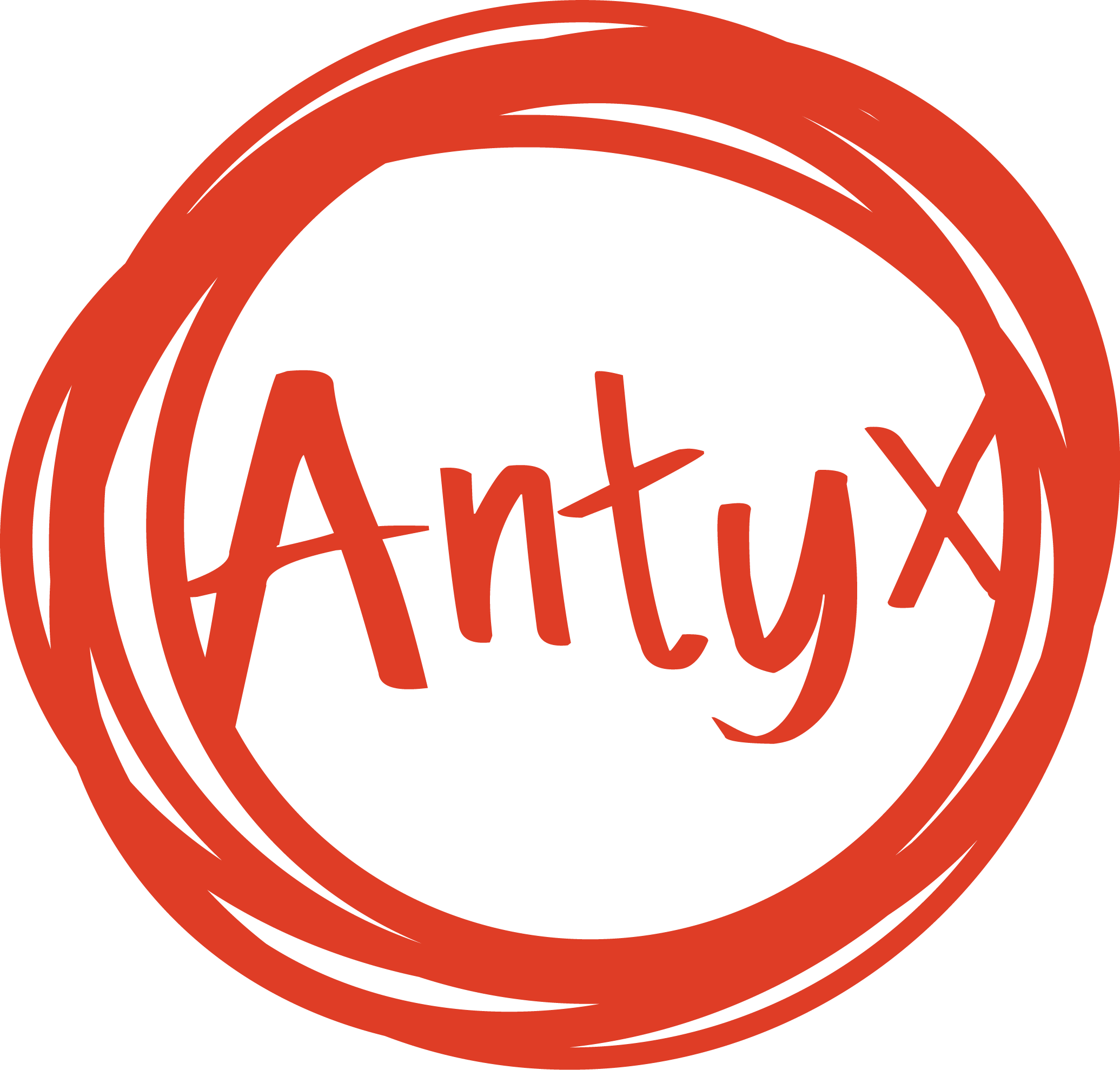The Origin and Meaning of the Dreamcatcher - A Precursor to our Video Tutorial
Hello, Tansi everyone, my name is Jordan, and I am an Indigenous social work student at Mount Royal University. I am doing my practicum with Antyx Community Arts to explore and learn different ways to reach the youth of today. I am a Willow Cree from Treaty 6 territory; my reserve is called Beardy’s and Okemasis’ First Nation, 80km north of Saskatoon, Saskatchewan. Beardy’s is also situated near the national historical sites of Fort Carlton and Batoche – home of the Louis Riel Resistance. I am, and like many of us, considered a visitor here in Treaty 7 territory. Hence, it is essential to acknowledge the original caretakers of the land that we currently stand on.
Land Acknowledgement
Antyx Community Arts is honoured and privileged to live and work within the Treaty 7 territory.
We acknowledge the traditional and ancestral territory and oral practices of the Blackfoot Confederacy, which includes the Siksika Nation, the North and South Piikani Nations and the Kainai Nation.
We also acknowledge the other members of Treaty 7 First Nations, the Tsuut’ina and Ĩyãħé Nakoda (Stoney Nakoda) which include Chiniki, Bearspaw and Wesley First Nations. In addition, the City of Calgary is home to the Métis Nation of Alberta - Region 3.
Finally, we acknowledge all nations, genders and spirits who live, work and play in Moh’kinstsis, the Blackfoot name for Calgary, and Treaty 7 Region of Southern Alberta who help us steward this land, honour and celebrate this territory.
The origin and meaning of a dreamcatcher
Dreamcatchers have become a popular icon throughout the world; they are symbolized on clothes, keychains, jewelry, tattoos, and various other items. Although dreamcatchers are aesthetically pleasing, many individuals do not know the traditional history or meaning behind them. Today, suppliers have been exploiting Indigenous culture by making profits from something considered a sacred spiritual item to Indigenous people. Through cultural appropriation, the misuse or lack of knowledge surrounding the origin of dreamcatchers takes away the cultural importance it has for Indigenous people. Many Indigenous people today consider dreamcatchers as a connection to their culture and unity among individuals and tribes.
Traditional, authentic dreamcatchers are usually made of a wooden hoop of willow, which includes sacred items such as beads and feathers. Some are wrapped with leather around the wooden ring to indicate authenticity. It is widely believed that the Ojibwe people are responsible for creating the dreamcatchers, which were inspired by spiders and their webs; this knowledge was also passed down to the Lakota people. The sinew used often connects on eight points to represent eight spider legs. Many Indigenous people consider spiders to be protectors; in many traditional stories, it is believed that a Spider-Woman, also known as Asibikaashi, protected and took care of all the children in the tribe. As connections and tribe population grew, the Spider-Woman could no longer protect the entire tribe. Thus, she created the dreamcatcher as a way to protect the tribe. Traditionally mothers and grandmothers made dreamcatchers to protect their children and were hung over their beds or cradleboard to help prevent bad dreams and nightmares.
The dreamcatcher has many components, all of which have a significant meaning. The hoop has a circular shape which represents the circle of life. The web was meant to catch bad dreams and let good ones filter through; bad dreams caught in the web were said to burn up in the morning light. The feathers were a soft path for the good dreams to filter down into the individual's mind. Beads that were hanging were used to represent good dreams caught. Many other items were used in traditional dreamcatchers, such as precious gems and arrowheads as well.
Most dreamcatchers today are not authentic because they are not made with traditional materials or made for profit. The dreamcatcher is a sacred symbol in Indigenous culture. Hence, it is essential to know the history and its importance to the Indigenous people. Dreamcatchers are traditionally made by mothers to bless their children with positive energy and peace. So, I would like to bring some knowledge and history behind Indigenous culture and traditional ways so others can be aware of the significance of the dreamcatcher.
Here is a list of supplies to make a dreamcatcher. Along with this list, there will be a tutorial video on a step-by-step process to complete one.
Supplies:
Metal craft ring or wooden hoop preferably 5 to 8 inches
Feathers
Beads
Artificial sinew (or silk thread, wax nylon string, or hemp thread)
Suede or leather lace
Scissors
Optional supplies
Hot glue gun, binder clips, crazy glue, liquid craft glue
Plastic needle
Link to Video Tutorial:

